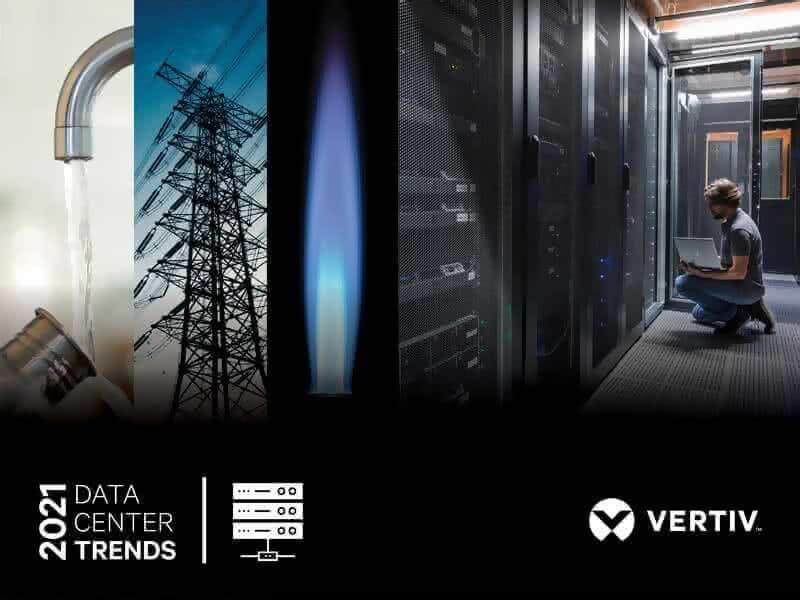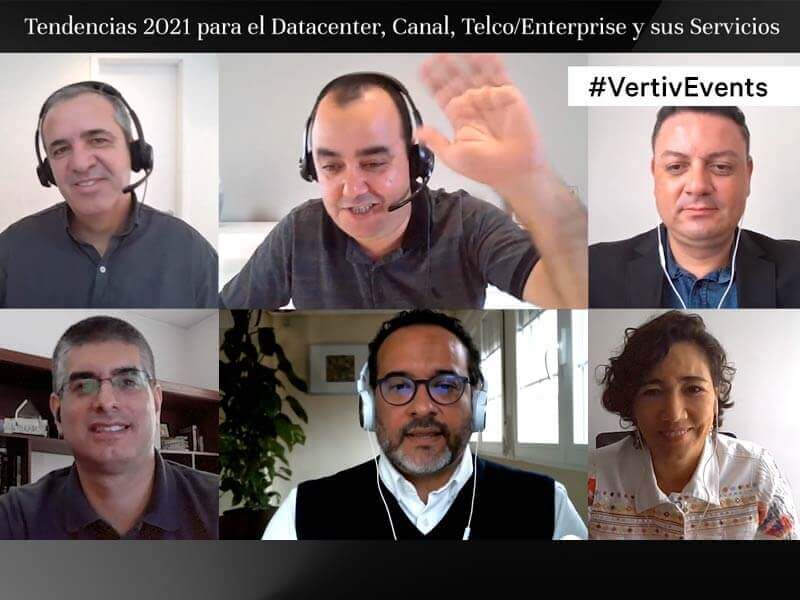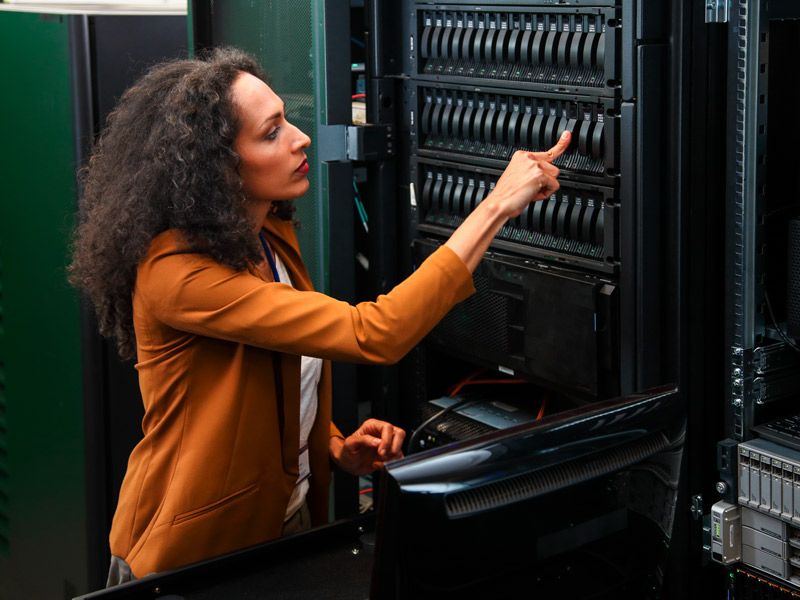In 2019, Gartner predicted 80% of traditional data centers would be gone by 2025. Yet, just a year later, the COVID-19 pandemic – the first pandemic of the digital age – forced a massive digitalization that instead turned data centers into mission-critical facilities, unleashing ambitious data center expansion programs to meet expected increased demand. The shift is prompting data centers to rethink how they operate, addressing user demands for greater efficiency and sustainability. Vertiv, as enablers of business continuity and essential services solutions, is rising to the challenge of guiding clients through this robust market transition.
As the World Health Organization declared COVID-19 a pandemic in early 2020, public health authorities around the globe quickly began implementing quarantines and other measures that forced companies to institute work-from-home policies and drove consumers to conduct banking, schooling, payments, shopping, healthcare visits and other essential services digitally. The result was a heightened awareness of the critical importance of data centers in processing such connections, with many governments declaring data center staff, equipment manufacturers, and service providers as essential workers.
These market trends are continuing in 2021 and taking data centers in new directions. Many of the data center construction plans that were put on hold last year are being revived and existing facilities are rapidly adapting to changing market realities. A Gartner study issued last October says 85% of infrastructure strategies will integrate on-premises, colocation, cloud and edge delivery options by 2025, up from just 20% in 2020, generating new challenges and opportunities. Participants in a recent webinar by the Uptime Institute noted data center operators plan to increase their physical redundancies, not only to protect themselves from future pandemics, but from other possible disruptions as well.
Among such threats are those related to climate change, for which data centers are increasingly focused on sustainability initiatives. Data centers account for nearly 1% of total electricity consumption globally and the transition from 4G to 5G technology is expected to boost that figure by as much as four times. Data centers are addressing such concerns through the implementation of sustainability programs that seek more responsible usage of water and energy resources. Vertiv has provided cooling solutions that decreased some clients’ data center energy consumption by as much as 60% compared to operation of traditional solutions.
Reliability and data security remain core goals. Data centers, which are now processing more data than ever in an increasingly digitally dependent world that is expected to continue in a post-pandemic environment, are also investing in creating greater efficiencies to provide increased speeds, reduce latency, minimize costly downtime, and offer greater security. With data center services becoming closer to the end-user than ever before, operators are seeking new ways to offer more positive user experiences.
With more of our day-to-day business and personal transactions transitioning to the digital space, data centers are helping to keep the world connected. They facilitate business continuity and make the impact of the pandemic’s restrictions less burdensome for end-users. While life has changed as a result of the health crisis, data centers have taken on the challenges of this “new normal” and are preparing for what might come next. At Vertiv, we have a long history of supporting mission-critical applications. As we commemorate this year’s Data Center Day, we reiterate our commitment to offering innovative solutions to support this unprecedented market transformation process, both in Latin America and around the world.




